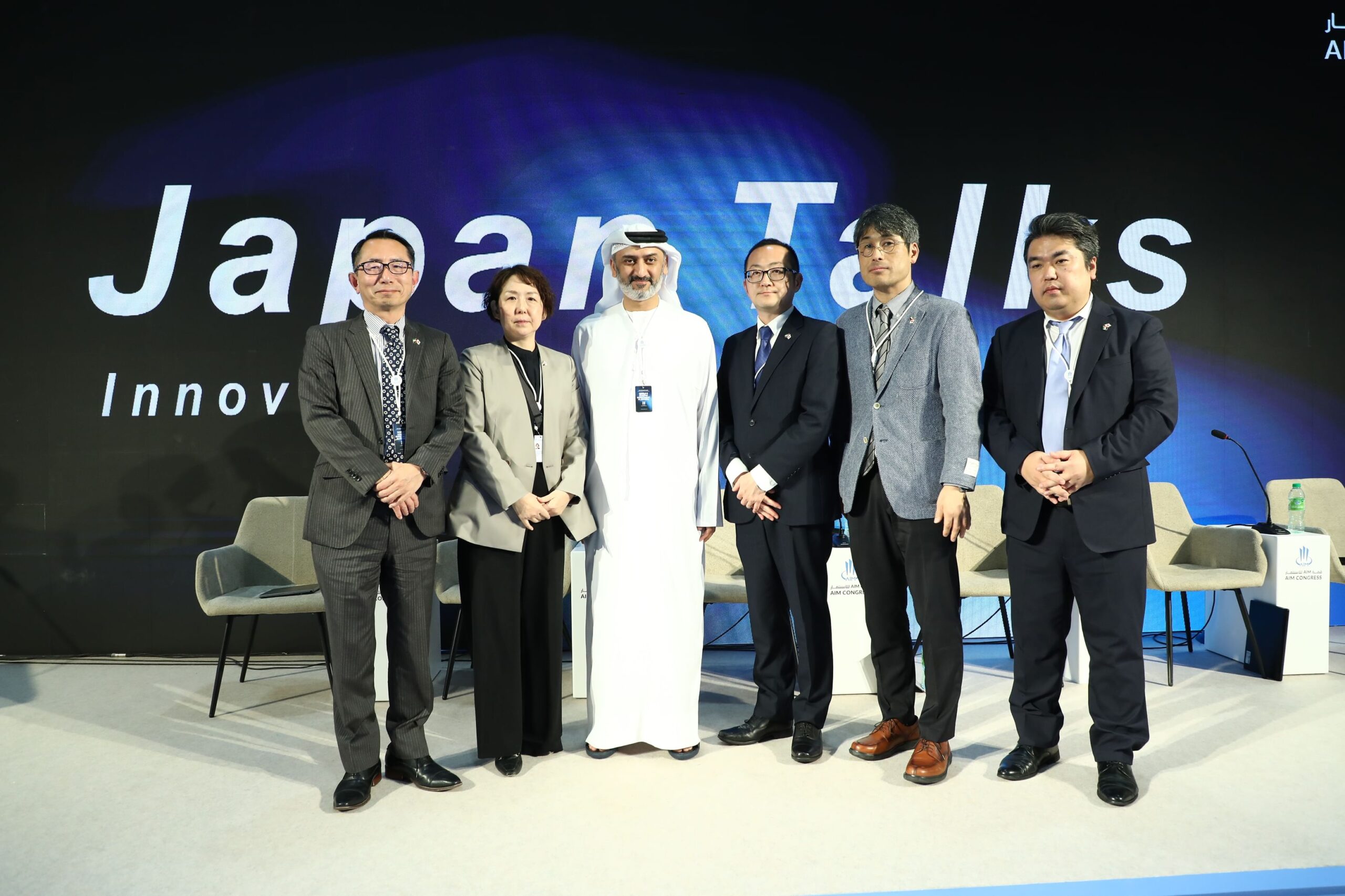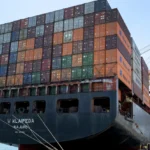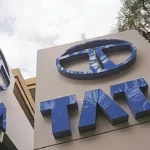The AIM Congress 2025 featured the highly anticipated session “Japan Talks: Innovations Shaping the World,” where leaders from Japan presented groundbreaking advancements in technology and industrial innovation.
Miho Sato, Deputy Manager of Yokosuka Research Park (YRP), discussed Japan’s progress in developing 6G technology with a focus on smart cities. “We are building the infrastructure to support future urban innovation through 6G and collaborative R&D,” said Sato, emphasizing the critical role of next-generation networks in urban development.
Rashid Al Teneiji, Director of International Business Development at the UAE Ministry of Economy, called for deeper cooperation between the UAE and Japan. “I hope today’s dialogue serves as a launchpad for deeper cooperation between Japan and the UAE,” he remarked, underscoring the potential for bilateral growth through technological collaboration.
Hiroshi Miura, Senior Manager of NTT DATA Group, introduced the IOWN (Innovative Optical & Wireless Network) technology, which promises to revolutionize global data transmission. “IOWN enables high bandwidth and low latency through light-based data transfer—poised to transform sectors like finance and health,” Miura explained, highlighting its transformative impact on critical industries.
Takaaki Nakamura, Director of NIFCO Inc., took the stage to highlight the company’s commitment to sustainable manufacturing. “You cannot go more than one metre in Japan without being next to a NIFCO product,” Nakamura quipped, showcasing the extensive reach of NIFCO’s innovations.
The Africa Regional Forum also garnered attention, focusing on the theme “From Zones to Impact: African SEZs Reimagined,” where key figures discussed the transformation of Special Economic Zones (SEZs) into innovation-driven ecosystems.
Laura Paez of the United Nations Economic Commission for Africa (ECA) provided insight into the expansion of SEZs across the continent. “There are more than 200 SEZs currently operational across the continent, with varying levels of success. The emerging SEZ 2.0 model emphasises technology, regional integration, and local value creation aligned with development goals,” Paez noted, stressing the need for continued evolution in these economic hubs.
Jasveer Singh, Cluster Director at Arise IIP, highlighted the importance of sustainable industrialisation through public-private partnerships. “We focus on identifying industrial gaps and enabling value-added production at scale through public-private partnerships. Our zones are not just industrial parks — they are platforms for inclusive economic transformation,” Singh said, reinforcing the importance of collaborative growth in industrial sectors.
Dr. Manuel Francisco Pedro, Chairman of the Luanda-Bengo SEZ in Angola, called for stronger governance and infrastructure to support Africa’s SEZs. “SEZs must be linked to AfCFTA goals to drive intra-African trade, harmonise standards, and create a coherent investment climate. Institutional support and strong governance are key,” Pedro stated, underscoring the role of governance in unlocking the full potential of SEZs across the continent.
The sessions at AIM Congress 2025 demonstrated the growing intersection of technological innovation and sustainable industrial development, setting the stage for stronger international collaborations and the advancement of new economic models.






